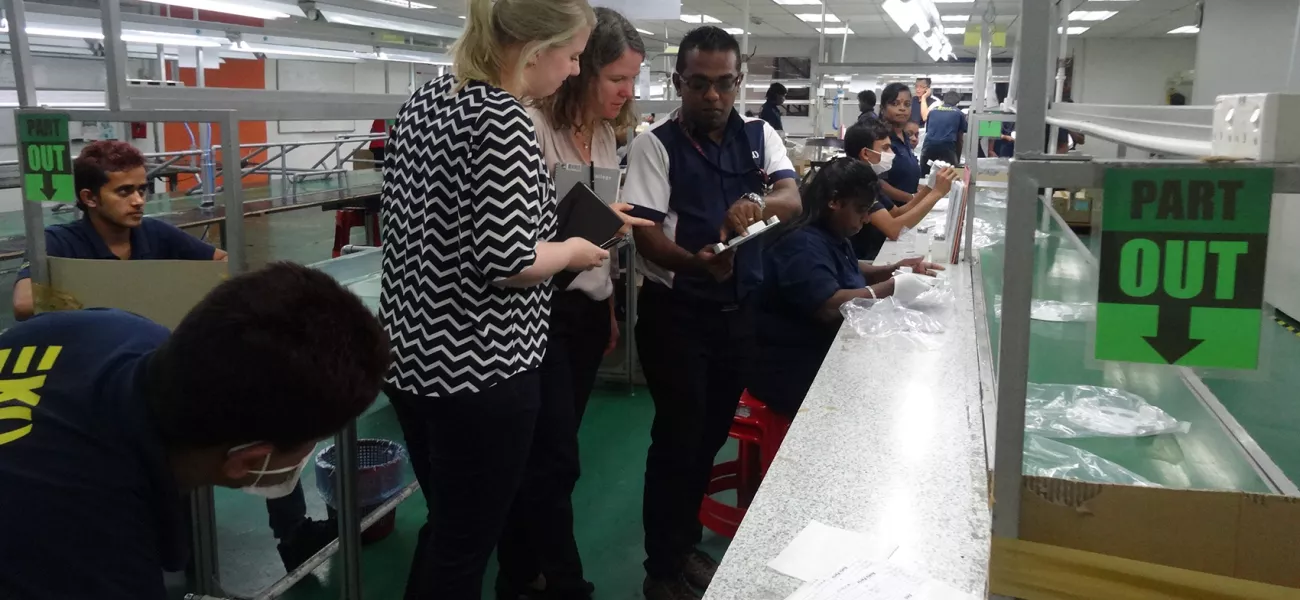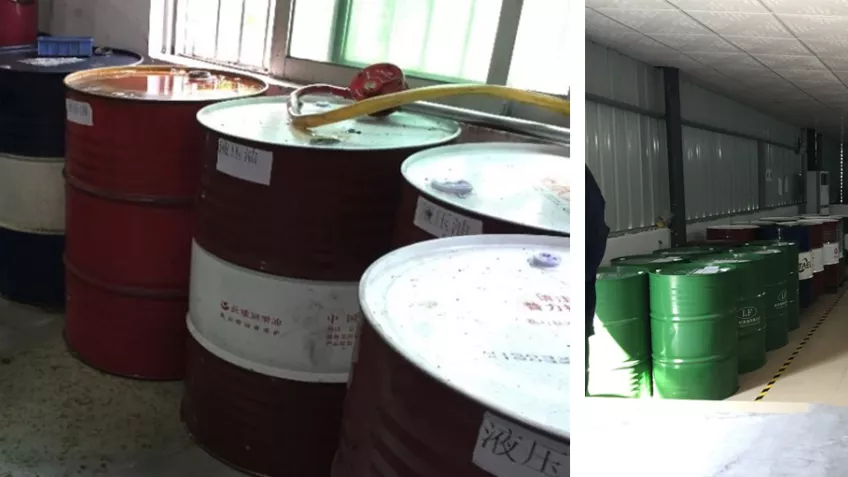
When you rely on a significant number of key suppliers to help create and deliver high quality and sustainable solutions, a supply chain is exactly that: a chain. If one link in the chain is weak, then the integrity of the whole thing is called into question. At Axis, we can only claim to be meeting the high standards we set ourselves if we’re 100% sure every supplier to our business meets the same standards.
We have several mechanisms in place to ensure that our suppliers understand and adhere to the behaviors and business practices we expect. The most fundamental of these is that we ask all our suppliers to sign our Supplier Code of Conduct. This is based on our own Code of Conduct and the UN Global Compact’s ten principles in the areas of human rights, labor, environment and anti-corruption. If suppliers adhere to it, then we’re happy that they’re behaving in a way that does meet our exacting standards.
Audits to improve business processes
But signing the Code of Conduct is one thing; consistently meeting its requirements is another thing altogether. And that’s not to say that suppliers purposefully fail to meet the requirements. Sometimes, they simply don’t understand how they might need to change or alter their business practices to adhere to the Code of Conduct.
This is where another critical process comes into play: our supplier audits. These are undertaken annually for our key suppliers and contract manufacturers and, despite the perception of an audit as being an onerous test, ours are designed to be highly collaborative, and focused on helping the supplier improve their business processes. But that’s not to say they aren’t also incredibly detailed.
Sharing best practices
It’s a rigorous process, but one that’s essential if Axis is to continue to meet its stringent standards for sustainability, CSR and business ethics. But it’s one that suppliers see positively, as Ausra Reinap, Senior Environmental Engineer at Axis, and a member of the company’s Environmental Council explains: “The vast majority of our suppliers welcome the audits. In many ways, we can act as consultants to them, sharing best practice from other suppliers, providing training and support, and increasing understanding."
It genuinely feels like we’re making a real difference to their businesses, which in turn makes a significant difference to ours.
Two-day audit on-site
Ahead of the scheduled audit, suppliers must complete a self-assessment form and are provided with a detailed agenda of what we want to run through. During the audit itself, which typically sees our team on-site for at least two days, we’ll meet key personnel from the Health and Safety Management, Human Resources, Quality Control, and Environmental teams, in addition to undertaking a tour of any manufacturing facilities.
Ausra Reinap explains how a typical audit works: “We begin with training on our requirements based on Axis Supplier Code of Conduct. Afterwards we take a factory tour where we focus on environment, occupational health and safety by looking at various processes within production, specifically where hazardous chemicals are used. We visit chemical storage as well as hazardous waste storage. We look at water treatment processes as well as how emissions to air are controlled.”

She continues: “To verify compliance with our requirements regarding working hours, health examination, health and safety training, etc. we review documentation on randomly selected employees. We go through documentation such as environmental aspect list and targets, risk evaluation of occupational hazards, etc.”

Actions within six months
Following every audit, we produce a report of our findings and any actions we need to see taken to improve those areas highlighted as not meeting the standard. These need to be achieved within six months of the audit, which we assess though a follow-up audit.